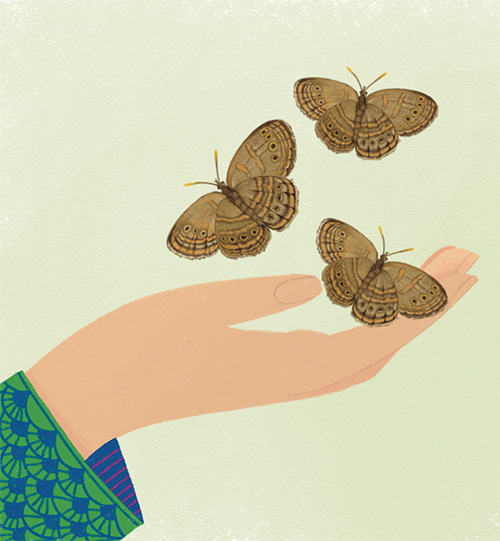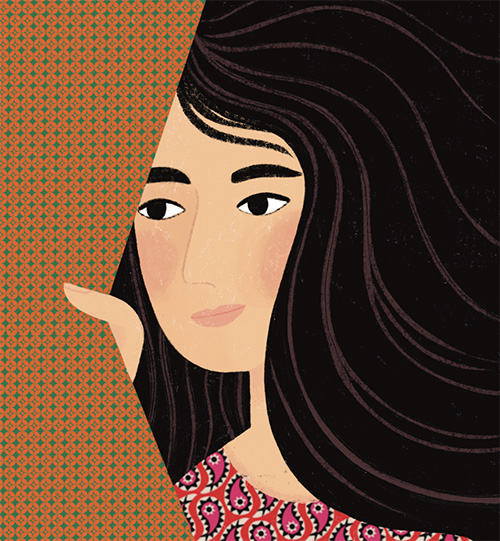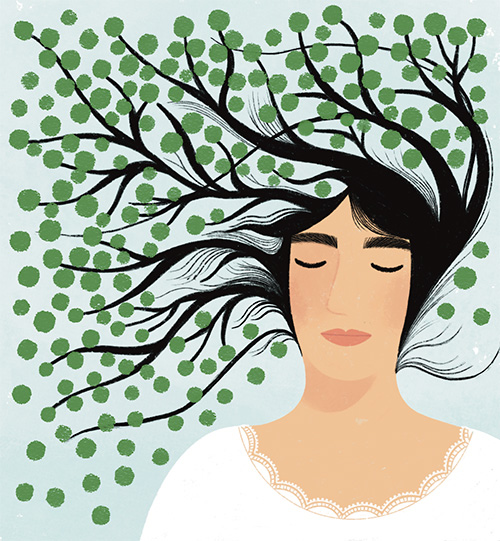Whatever is not yours: Let go of it,” the Buddha said in the Na Tumhaka Sutta. “And what is not yours? . . . [whatever is] experienced either as pleasure, as pain . . . that too is not yours: Let go of it. Your letting go of it will be for your long-term happiness and benefit.”
Pleasure and pain—although listed as the last pair of the eight worldly winds—runs through the other three pairs, driving our every action. The root of our suffering is desire or craving. It causes us to chase after pleasure and avoid pain in an endless cycle of grasping and aversion. It’s only when we’re willing to be still within these experiences, neither holding on to what we want nor pushing away what we’d rather avoid, that we can taste freedom.
This is what the Na Tumhaka Sutta points to. Investigating pleasure and pain, we see that they are not ours to claim. Pleasure is neither our right nor a reward—just as pain isn’t punishment for our actions. Each is simply the result of causes and conditions, there one moment, gone the next. Seeing this, we can enjoy pleasure when it arises and let it go as it goes. We can feel pain without pushing against it and let it pass when it inevitably does. Think of it this way: Holding on—to pleasure or anything else—is like trying to bottle the summer breeze. Letting go is like opening a window and letting that breeze flow through unimpeded.
“[In meditation], as each more subtle desire is revealed, we let go of it and rest comfortably in the cessation of that desire. In this way, happiness is not pursued and attained but is rather discovered within.”
 Tip: One way to go about letting go of craving is to let pleasure be pleasure and pain be pain. To not wish that things were otherwise but to be fully present with and accepting of each moment as it arises. In letting go, we’re simply letting be what already is.
Tip: One way to go about letting go of craving is to let pleasure be pleasure and pain be pain. To not wish that things were otherwise but to be fully present with and accepting of each moment as it arises. In letting go, we’re simply letting be what already is.
“The most powerful tool I’ve found for mitigating pain’s impact is a short meditative formula repeated many times in the Buddha’s discourses: ‘Whatever feelings there may be—past, present, or future—all feeling is not mine, not I, not my self.’ ”
 Tip: Working to disidentify with either pain or pleasure is a potent way to release our grasping or aversion. Whenever you catch yourself chasing one or evading the other, say, “This is not mine, this is not me, this is not my self.” Or remind yourself of the impermanence of both pleasure and pain by repeating the well-known adage “This too shall pass.”
Tip: Working to disidentify with either pain or pleasure is a potent way to release our grasping or aversion. Whenever you catch yourself chasing one or evading the other, say, “This is not mine, this is not me, this is not my self.” Or remind yourself of the impermanence of both pleasure and pain by repeating the well-known adage “This too shall pass.”
“We experience pleasure, and if we are skillful, we accept it for what it is, appreciate it as one of the gifts of life, and let it go when it passes. As if a butterfly briefly alighted on our outstretched palms, we hold the pleasure in an open embrace, neither crushing it nor shooing it away.”
–Stephanie Noble
♦
EDITOR’S NOTE: This is the final installment of our series on the eight worldly winds: gain and loss, fame and disrepute, praise and blame, and pleasure and pain. A printable version is available at tricycle.org/magazine.
Thank you for subscribing to Tricycle! As a nonprofit, we depend on readers like you to keep Buddhist teachings and practices widely available.
